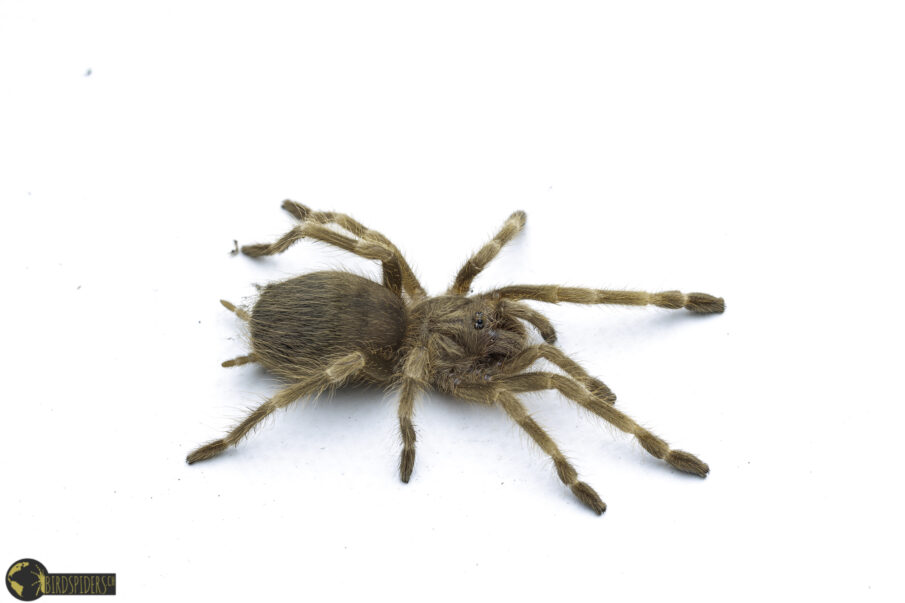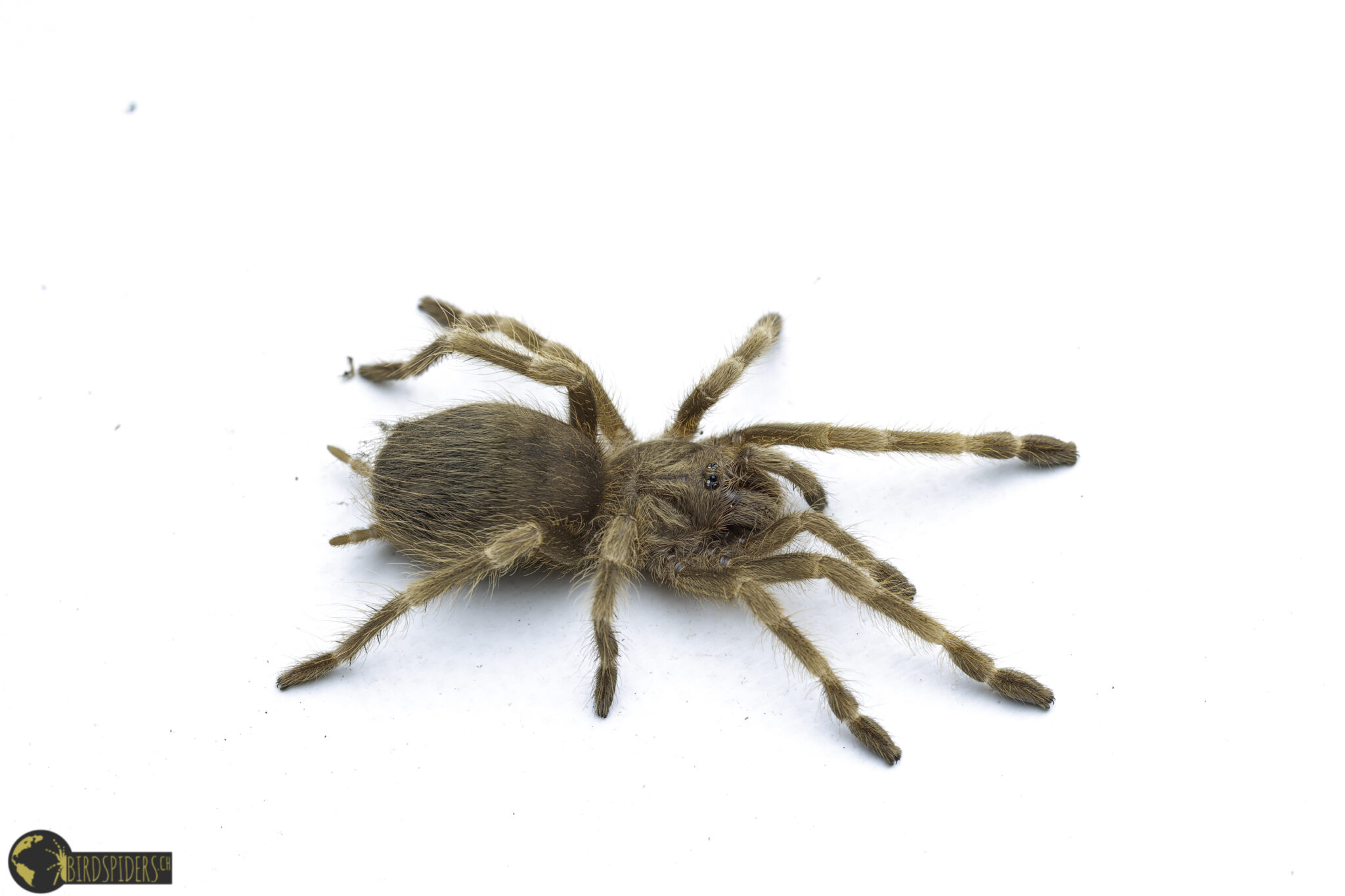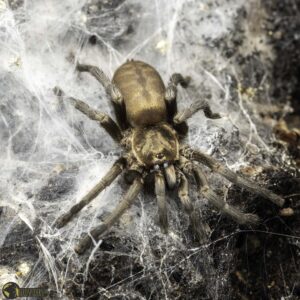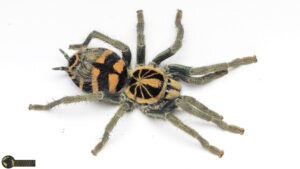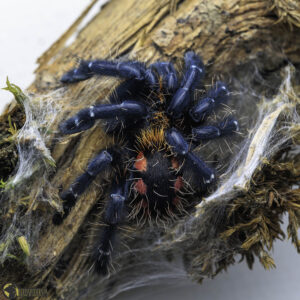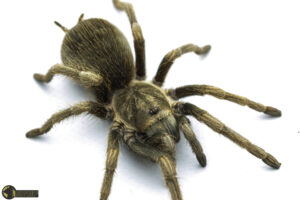Overview
Nhandu tripepii is a fascinating species of tarantula native to Brazil. Known for its rapid growth and voracious appetite, this spider captivates enthusiasts and researchers alike. It has been successfully bred in captivity for decades, making it a popular subject among tarantula keepers and breeders. However, due to its skittish and aggressive nature, it is better suited for experienced hobbyists rather than beginners.
Natural History
Nhandu tripepii belongs to the family Theraphosidae and is part of the theraphosine subfamily. This species is native to Brazil, where it inhabits natural environments suitable for its survival and reproduction. The tarantula grows quickly and reaches maturity in about three years. Females can live up to 10 years in captivity. They produce between 500 to 1500 spiderlings per breeding cycle, contributing to their successful propagation in controlled environments.
Taxonomy & Systematics
The species was first described in 1984 by Edouard Dresco as Eurypelma tripepii. It was later renamed Hapalopelma tripepii by Robert Raven in 1985. In 1998, Gunter Schmidt described a related species, Vitalius vulpinus, which was later synonymized with Nhandu tripepii by researchers Roberto Nagahama, Caroline Fukushima, and Rogério Bertani. The current accepted scientific name is Nhandu tripepii.
Key taxonomic details include:
- Domain: Eukaryota
- Kingdom: Animalia
- Phylum: Arthropoda
- Class: Arachnida
- Order: Araneae
- Family: Theraphosidae
- Genus: Nhandu
- Species: N. tripepii
Husbandry
Keeping Nhandu tripepii as a pet requires attention to its specific needs. This tarantula is known to be skittish and somewhat aggressive, so it is not recommended for beginners. It has weak venom but possesses urticating hairs that can cause irritation.
For optimal care, maintain the following conditions:
- Temperature: 25-29°C (77-84°F)
- Humidity: 75-80%
- Enclosure: Spacious with hiding spots to accommodate its size and behavior
Females grow larger than males, with females reaching about 8 cm (3.1 inches) and males about 5 cm (2 inches) in body length. The species has a tibial spur on males, which is a distinguishing characteristic. Breeding is relatively easy, and the species produces a large number of spiderlings, making it popular among breeders.
References
- World Spider Catalog. “Nhandu tripepii Dresco, 1984.” Natural History Museum of Bern. Retrieved February 11, 2016.
- Bertani, R. (2001). “Revision, cladistic analysis, and zoogeography of Vitalius, Nhandu, and Proshapalopus; with notes on other theraphosine genera (Araneae, Theraphosidae).” Arquivos de Zoologia, 36(3), 265–356.
- DcTarantulas.Weebly.com. “Nhandu tripepii.” Retrieved February 11, 2016.
